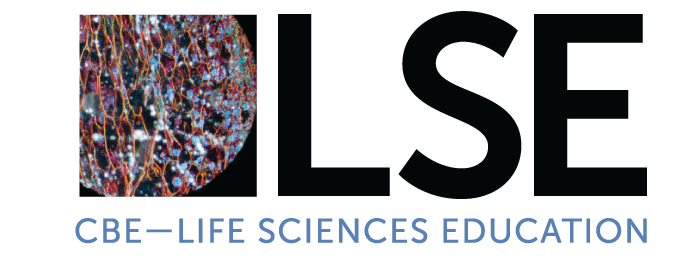Definitions
- Cognitive constructivism: A learning theory that describes how individual learners assimilate new knowledge into existing mental models or accommodate incongruent information by revising those models. It is associated with Jean Piaget, who emphasized the individual learner’s construction of knowledge, particularly during a child’s psychological development.
- Cognitive Load Theory: A theory of learning grounded in memory research. It states that learning new information relies on capacity-limited working memory, but that existing knowledge is stored in essentially unlimited long-term memory. This theory posits that learning tasks can have several types of cognitive load that impact working memory capacity: extraneous, intrinsic, and germane load.
- Contrasting cases: Pairs or groups of problems that differ in specific ways intended to draw learner attention to key principles underlying the problems. Also used to describe pedagogical approaches that use such cases.
- Cooperative learning: Group work in which students collaborate on shared tasks, often while playing distinct roles, to reach shared learning goals that are defined by the instructor.
- Desirable difficulties: Characteristics of a learning experience that increase the difficulty and reduce performance during learning but enhance long-term retention.
- Distributed practice: Learning/studying events that are spread out over time rather than being blocked or crammed into a short time frame.
- Extraneous cognitive load: Processing demands that arise from how information is presented and what the task instructions ask the learner to do with that information, i.e., demands related to instructional design that are not essential to the task at hand.
- Germane cognitive load: Reflects the demands of active engagement in learning activities; the more cognitive resources the learner invests in learning strategies like self-explanation or summarizing, the larger the germane load.
- Guided inquiry: A pedagogical approach in which instructor scaffolding guides student inquiry into problems or cases.
- Intrinsic cognitive load: Stems from the inherent complexity of the information being presented as well how that information intersects (or not) with the learner’s existing knowledge schemas.
- Peer-led team learning (PLTL): A pedagogy in which students engage in collaborative problem-solving sessions that engage them in applying concepts learned during lecture. Problem-solving sessions are facilitated by trained peer leaders and reasoning and building consensus to solve instructor-supplied problems (i.e., no solution is provided).
- Process-oriented guided inquiry learning (POGIL): A pedagogical approach in which students work in collaborative groups with instructor facilitation during class. These problem-solving sessions follow a 3-stage learning cycle of exploration, concept invention, and application, and replace lecture with a combination of guided-inquiry learning and process skill development.
- Productive failure: A pedagogical approach in which groups of students engage with and explore solutions for ill-defined, high-context problems. These problem-exploration sessions are followed by instruction that draws on student ideas to explain canonical approaches to solve the problem.
- Retrieval practice: The practice of recalling information from memory.
- Schemas: Cognitive structures that categorize elements of information according to meaning and use, with simple schemas gradually combined and interrelated into more complex schemas through learning.
- Social constructivism: A learning theory that highlights the role of socially-endowed knowledge and tools (e.g., language, the scientific method) in learning. It is linked to Lev Vygotsky’s work emphasizing the social, cultural, and historical drivers of knowledge construction.
- Transfer: The process of using problem-solving skills and processes to solve problems that differ from those used in instruction. Problems can differ along multiple dimensions, such as the knowledge domain, the physical context, and the functional context, and variation can be smaller (requiring less transfer) or larger (requiring further transfer) on each dimension. Near transfer refers to solving problems that differ less from those used during instruction. Far transfer refers to solving problems that differ to a greater degree or in more dimensions.
- Worked examples: A pedagogical approach to teaching problem solving that typically includes a problem statement and a procedure for solving the problem that together show how similar problems can be solved. A method of providing an expert’s problem-solving model for a learner to study and emulate.









